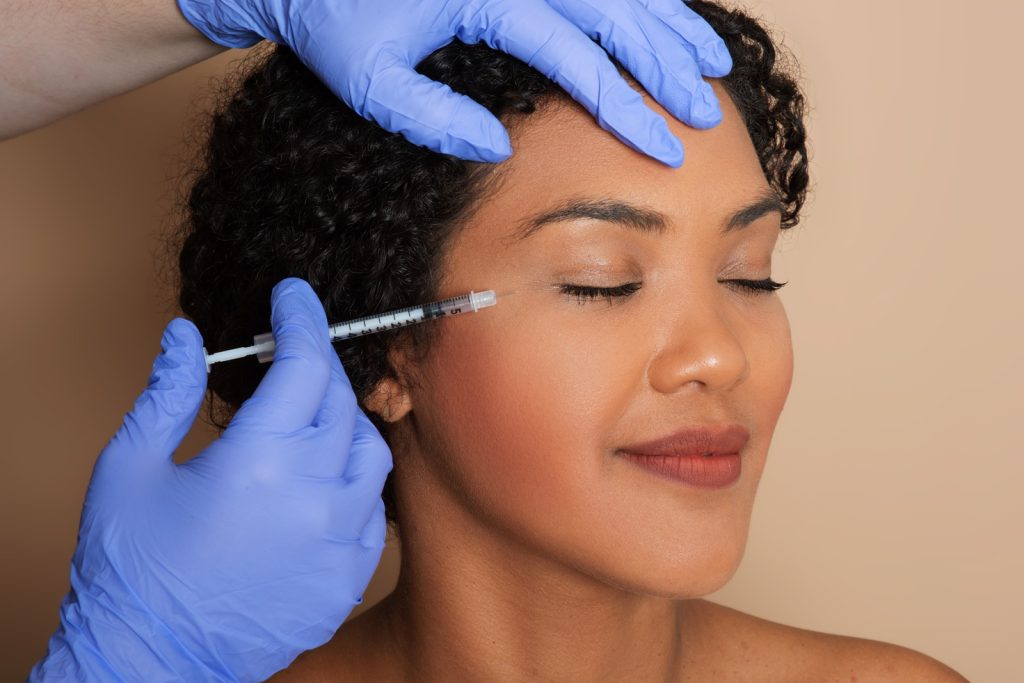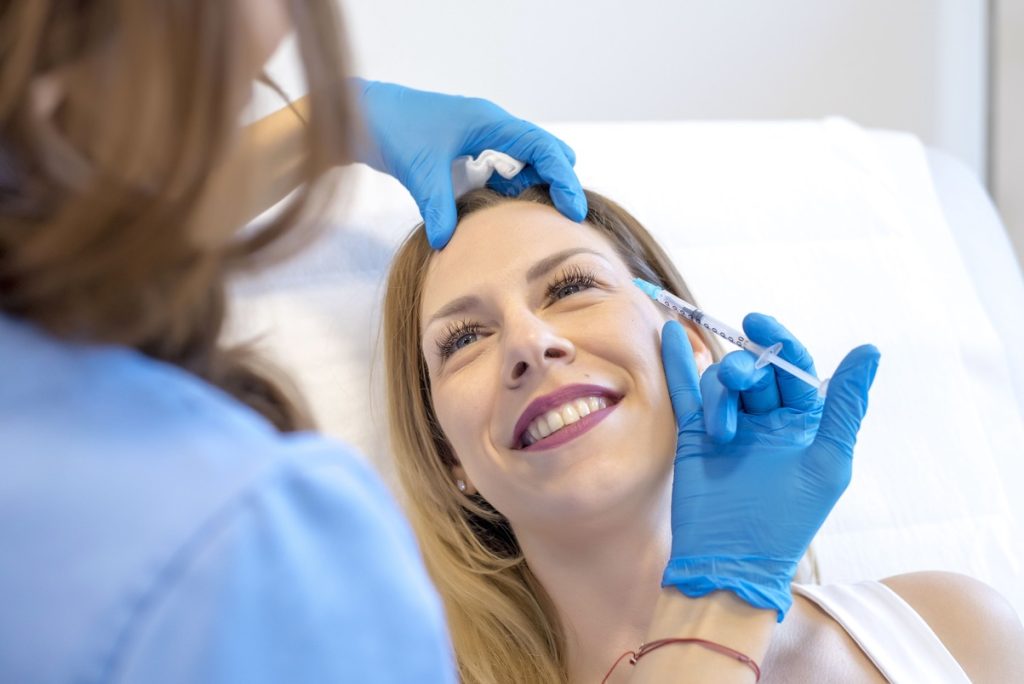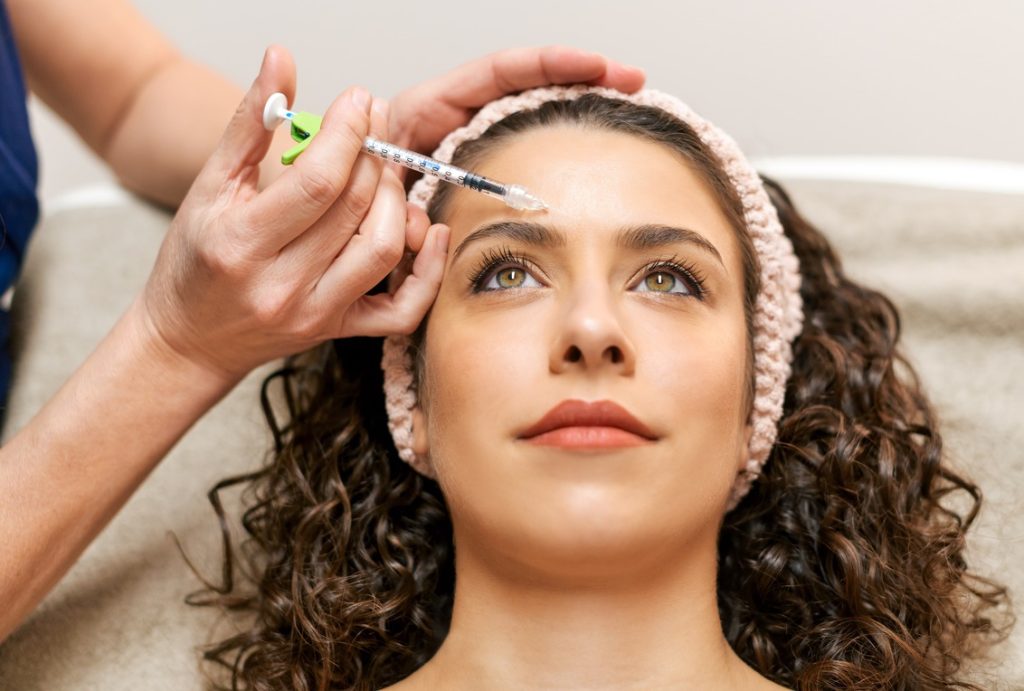Are you curious about the buzz surrounding Botox? This popular treatment has gained significant attention, and for good reason. Beyond its well-known cosmetic benefits, Botox offers a range of advantages that might surprise you.
From reducing the appearance of fine lines to alleviating chronic migraines, Botox is more than just a beauty fix. It’s a versatile solution that can enhance your quality of life in various ways. Whether you’re considering it for aesthetic reasons or therapeutic purposes, understanding the benefits can help you make an informed decision. Let’s dive into the world of Botox and explore how it can transform not just your appearance but also your overall well-being.
Understanding the Benefits of Botox
Botox, derived from botulinum toxin, is a popular treatment that offers both aesthetic and medical benefits. Understanding its components and functions can help you make informed decisions about its use.
What Is Botulinum Toxin?
Botox is a protein extracted from the bacterium Clostridium botulinum. It is important to consult with a healthcare provider regarding prior Botox injections and health considerations before undergoing treatment. In controlled, small doses, it temporarily paralyzes muscles to reduce skin wrinkles and treats various medical conditions, including eyelid spasms, excessive sweating, and specific types of migraine. This versatility enhances its appeal beyond cosmetic enhancement.
How Does Botox Work?
Botox operates by blocking nerve signals that trigger muscle contractions. Botulinum toxin injections work by inhibiting nerve activity, which helps achieve the desired results in both cosmetic and medical treatments. When injected into targeted muscles, it relaxes them and smooths out wrinkles, with effects typically lasting 3–6 months. The toxin inhibits the release of acetylcholine, a neurotransmitter responsible for muscle contraction, resulting in temporary muscle paralysis. This mechanism not only minimizes the appearance of wrinkles but also alleviates symptoms related to certain medical conditions.
Health Benefits of Botox
Botox offers several health benefits that extend beyond its cosmetic uses. It is effective in treating chronic migraine and other medical conditions such as muscle spasms and excessive sweating. These therapeutic applications make Botox a valuable treatment option for various medical conditions.
Reducing Wrinkles and Fine Lines
Botox effectively reduces the appearance of wrinkles and fine lines. It targets specific facial muscles, such as those responsible for frown lines, crow’s feet, and forehead lines, to reduce wrinkles. By temporarily paralyzing these underlying muscles, Botox smooths out skin and enhances your overall facial aesthetics.
Alleviating Chronic Migraines
Botox has FDA approval for treating chronic migraines. It is also effective in treating neck spasms, such as those caused by cervical dystonia. It decreases migraine frequency and severity by interrupting pain transmission pathways. Patients experience significant relief, with many reporting fewer headache days each month after receiving Botox injections.
Managing Excessive Sweating
Botox injections manage hyperhidrosis, a condition marked by excessive sweating. By blocking nerve signals that stimulate sweat glands, Botox reduces perspiration in areas like the underarms and palms. This treatment helps improve comfort and confidence in daily activities.
Treating Eye Conditions
Botox assists in managing eye conditions, including blepharospasm and strabismus. It relaxes muscles around the eyes, alleviating symptoms and improving function. Patients often benefit from improved eye coordination and reduced muscle spasms.
Relieving Muscle Spasms
Botox also provides relief for various muscle spasms. It temporarily paralyzes overactive muscles, offering comfort for conditions such as cervical dystonia. This aspect of Botox treatment enhances mobility and quality of life for many individuals.
Aesthetic Advantages of Botox
Botox offers significant aesthetic benefits, enhancing your natural beauty while providing a youthful appearance. Botox is one of many cosmetic treatments available for reducing signs of aging. The treatment not only reduces visible signs of aging but also boosts self-confidence and offers customizable options.
Enhancing Natural Appearance
- Reduced Wrinkles and Fine Lines: Botox effectively diminishes wrinkles and fine lines, particularly on the forehead, around the eyes (crow’s feet), and between the eyebrows (frown lines). Achieving natural-looking results relies heavily on the expertise and technique of the provider in how to inject botox.
- Enhanced Facial Aesthetics: By softening these wrinkles, Botox creates a refreshing, youthful look, enhancing your overall appearance.
- Lifted Brow: Strategic Botox injections lift the brow, opening up your eyes and providing a youthful, refreshed appearance without surgery.
- Improved Symmetry: Botox addresses facial asymmetry by relaxing specific muscles on one side of the face, promoting a balanced, harmonious look.
Boosting Self-Confidence
- Enhancing Self-Image: Many individuals feel more attractive post-treatment, leading to increased self-esteem and a more positive self-image. Combining Botox with other cosmetic treatments can enhance overall results, providing a more comprehensive approach to facial rejuvenation.
- Social Interaction: A more youthful appearance positively affects social interactions, allowing you to engage with confidence.
- Long-Term Effects: Consistent Botox treatments maintain your youthful look over time, reinforcing your confidence continuously.
- Tailored Injections: Botox treatments can be customized to fit your unique facial structure and aesthetic goals, ensuring personalized results.
- Targeted Areas: You can focus treatments on specific areas, such as the brow, forehead, or around the eyes, allowing precise enhancement.
- Adjustable Dosage: Providers can adjust the dosage based on your comfort level and desired outcomes, ensuring satisfaction with the results.
Considerations and Aftercare
Understanding considerations and aftercare is essential for a successful Botox experience. The botox procedure involves injecting small amounts of botulinum toxin into specific muscles to reduce wrinkles, and it is crucial to follow aftercare measures such as avoiding strenuous activities and not touching the treated area to ensure optimal results. Ensuring safety and this process can enhance results and minimize side effects.
Safety and Side Effects
Botox injections are generally safe when performed by a licensed healthcare provider. The duration of Botox effects can vary based on the treatment site. Common side effects include:
- Redness: Temporary and localized, redness typically resolves within a few hours.
- Swelling: Mild swelling at the injection site usually subsides quickly.
- Bruising: Bruising may occur but generally fades within a week.
- Headaches: Some individuals experience mild headaches, often relieved with over-the-counter medication.
- Flu-like Symptoms: A few people report flu-like symptoms, which are usually short-lived.
Rare side effects can occur, although they are uncommon. They may include:
- Muscle Weakness: Unusual muscle weakness may indicate a need for medical attention.
- Vision Problems: Changes in vision can signal more serious issues.
- Difficulty Speaking or Swallowing: These symptoms warrant immediate consultation.
- Breathing Problems: Seek urgent care if you encounter breathing difficulties.
- Allergic Reactions: Serious allergic reactions, though rare, require prompt medical treatment.
Best Practices for Botox Injections Aftercare
To achieve optimal results, follow these aftercare best practices:
- Avoid Touching: Don’t touch or rub the treated area for at least 24 hours.
- Stay Upright: Remain upright for four hours post-treatment to prevent migration of the product.
- Skip Strenuous Activity: Avoid strenuous workouts and activities for at least 24 hours.
- Limit Alcohol: Refrain from consuming alcohol for 24 hours to minimize swelling and bruising.
- Apply Cold Compress: Use a cold compress on the injection sites to reduce swelling.
Following these guidelines helps ensure a smooth recovery, maximizing the benefits of your Botox treatment.
Conclusion
Botox offers a range of benefits that go beyond just aesthetics. Whether you’re looking to alleviate chronic migraines or enhance your facial appearance Botox can be a transformative option. By understanding the therapeutic and cosmetic advantages of Botox you can make informed decisions that align with your goals.
Prioritizing safety and aftercare is essential for achieving the best results. With the right approach you can enjoy the confidence boost and improved quality of life that Botox provides. Embrace the possibilities and take the next step toward a refreshed and revitalized you.
Frequently Asked Questions
What is Botox used for medically?
Botox is not just for cosmetic purposes; it is FDA-approved for treating chronic migraines, excessive sweating, and muscle spasms. It is also used to treat overactive bladder when other treatments are ineffective. It works by blocking nerve signals, providing relief in these conditions.
How does Botox improve aesthetics?
Botox enhances facial aesthetics by reducing wrinkles, lifting brows, improving symmetry, and boosting self-confidence. It is a less invasive alternative to plastic surgery for reducing wrinkles and signs of aging. These effects can create a more youthful appearance and overall facial harmony.
What are common side effects of Botox?
Common side effects include redness, swelling, bruising, headaches, and flu-like symptoms. These typically resolve within a few days but should be monitored for if they persist.
What aftercare is needed after Botox?
After Botox, avoid touching the treated area, stay upright for several hours, skip strenuous activities, limit alcohol, and apply cold compresses to minimize swelling. These practices help ensure optimal results.
Is Botox safe for everyone?
While Botox is considered safe for most adults, individuals with certain medical conditions or allergies should consult their doctor before treatment to ensure it’s appropriate for them.



